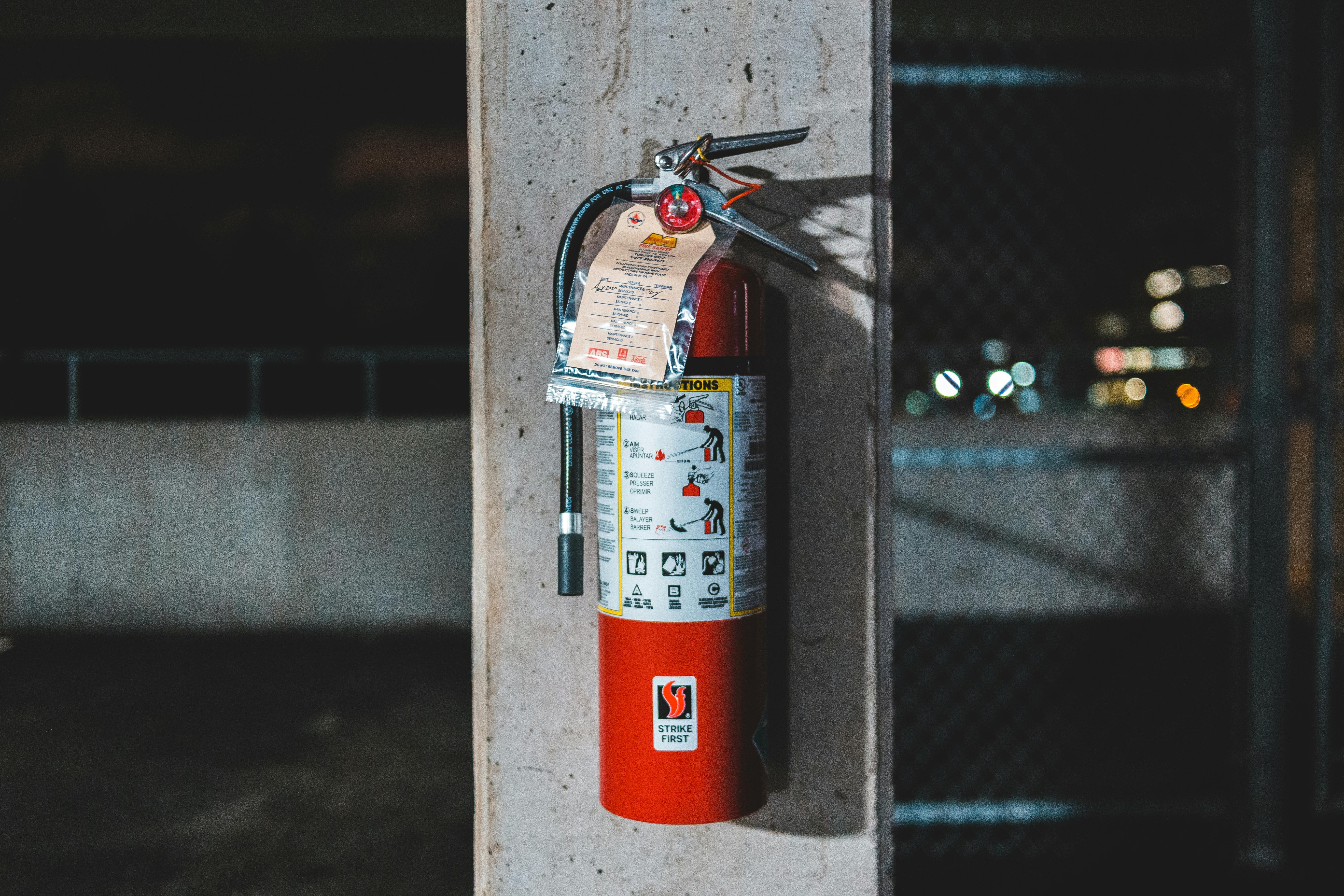Something that has been buzzing around the growing community is the idea of growing your beautiful plants indoors using a process called: hydroponics. Now hydroponics is something that is not good for those of you who garden specifically to get out on the dirt and dig in the manure, but for those of us who have no large tracts of arable land, or no land at all, hydroponics. it starts to look like a much more attractive offer.
Why hydroponics?
- Hydroponic gardens are compact and can be placed anywhere.
- They use and reuse water over and over again and require minimal additional water to function properly.
- They eliminate the need to keep an eye out for garden pests like aphids, caterpillars, potato beetles, and fungi.
- They are very efficient plant growers – plants grow very fast in a hydroponic setup.
- They are convenient, and most systems are easy to automate, requiring minimal interference on your part. Any plant can grow (or start growing) in a hydroponic system, regardless of the time of year or how far north or south you are.
There are other reasons why one would choose hydroponics over a traditional garden, but there are also downsides. For example, many people associate hydroponic gardening with growing certain illegal plants that are generally abused as controlled substances. It seems like every week there is a large house in a nice neighborhood that is being busted by the police with hundreds of CFLs, water sprinklers, containers, farmland, nutrients, and plant disposal. However, like everything, a small percentage of people can ruin something good for others.
Actually, the main benefits of hydroponic gardening is giving people who might not otherwise be able to grow plants the ability to grow plants. It is very common for avid gardeners to start their tender young plants in a hydroponic setting and then transfer those plants to their gardens after the soil thaws.
Orchid growers, in particular, seem to lean towards hydroponic growing systems. The obsession that many people have for orchids is intense. This obsession, coupled with the frustration of not being able to meet the demanding needs of the orchid in a person’s undisturbed backyard, leads many to try growing in greenhouses or a hydroponic facility.
In addition, the technology for hydroponics is everywhere. Light timers are used in many applications to conserve energy, just as they are used in hydroponics to time the light cycle of plants. Compact fluorescent, metal halide, T5, and other types of intense lighting used in hydroponics are also used in aquarium systems that live to meet the most demanding needs of freshwater plant life or delicate corals and anemones. Drip water systems are used in greenhouses and large-scale agriculture, as well as gardening and outdoor landscaping on a regular basis. Plant nutrients have been in development for quite some time, as long as there are people trying to grow non-native plants in partially depleted soils. PH meters are used in scientific applications and, again, in all forms of gardening. We wouldn’t know where acidic soils are to grow grapes if we didn’t use a pH tester, in addition to costly trial and error.
Hydroponics evolved out of a combination of need and desire. We want fresh tomatoes, we want fresh basil, we need a place to grow them because we don’t all live on farms anymore. The more we hear that plants are covered in wax and pesticides, the more we worry about those substances getting into our children and ourselves, and we want to somehow be safe from our food sources. While it’s impractical to think that we could go from buying our food in the store to growing it all in our apartments, it’s nice to know that we can supplement some of our produce in this way. Specialty sauces, for example, or your own personal herb garden for fresh coriander, basil, and oregano are a tempting reason to go hydroponic.
For staunch folks who only use natural gardens, hydroponics may not be your cup of tea. If you are using plants that are native to your region, simply plant their seeds and let nature take its course. However, for many in northern climates, the wait for spring is too far away. These people appreciate the plant life that technology can bring into their homes.
One thing to note: Before this writer knew what hydroponics was, she was buying “vine-ripe, hydroponically grown tomatoes” at the local grocery store because of their superior color, texture, and flavor. They were consistently bright red, juicy, and unblemished. They were always smaller than the so-called “stew tomatoes”, but the larger, lighter colored tomatoes had a less rich flavor. The balance of nutrients, light and water combined with the reduced need for the plant to fight infection, insects and fungi produces a much healthier plant sample than would otherwise be possible.
